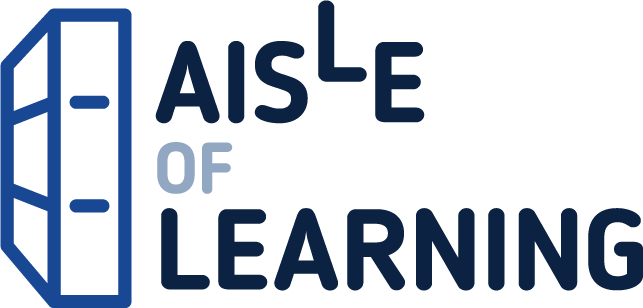This practical handbook will introduce readers to social justice education, providing tools for developing “critical social justice literacy” and for taking action towards a more just society. Accessible to students from high school through graduate school, this book offers a collection of detailed and engaging explanations of key concepts in social justice education, including critical thinking, socialization, group identity, prejudice, discrimination, oppression, power, privilege, and White supremacy. Based on extensive experience in a range of settings in the United States and Canada, the authors address the most common stumbling blocks to understanding social justice. They provide recognizable examples, scenarios, and vignettes illustrating these concepts. This unique resource has many user-friendly features, including “definition boxes” for key terms, “stop boxes” to remind readers of previously explained ideas, “perspective check boxes” to draw attention to alternative standpoints, a glossary, and a chapter responding to the most common rebuttals encountered when leading discussions on concepts in critical social justice. There are discussion questions and extension activities at the end of each chapter, and an appendix designed to lend pedagogical support to those new to teaching social justice education.
Is Everyone Really Equal?: An Introduction to Key Concepts in Social Justice Education (Multicultural Education Series)
$19.68
This book introduces students to key concepts in social justice education to develop critical literacy and understanding of society.
Additional information
| Weight | 0.336 lbs |
|---|---|
| Dimensions | 15.2 × 1.9 × 22.9 in |
Is Everyone Really Equal?: An Introduction to Key Concepts in Social Justice Education (Multicultural Education Series)
$15.00
This book introduces students to key concepts in social justice education, fostering critical thinking about equality and societal structures.
This award-winning guide to social justice education is appropriate for students from high school through graduate school. Based on the authors’ extensive experience in a range of settings in the United States and Canada, the book addresses the most common stumbling blocks to understanding social justice. This comprehensive resource includes new features such as a chapter on intersectionality and classism; discussion of contemporary activism (Black Lives Matter, Occupy, and Idle No More); material on White Settler societies and colonialism; pedagogical supports related to “common social patterns” and “vocabulary to practice using”; and extensive updates throughout. Accessible to students from high school through graduate school, Is Everyone Really Equal? is a detailed and engaging textbook and professional development resource presenting the key concepts in social justice education. The text includes many user-friendly features, examples, and vignettes to not just define but illustrate the concepts. Book Features: Definition Boxes that define key terms. Stop Boxes to remind readers of previously explained ideas. Perspective Check Boxes to draw attention to alternative standpoints. Discussion Questions and Extension Activities for using the book in a class, workshop, or study group. A Glossary of terms and guide to language use.
Additional information
| Weight | 0.408 lbs |
|---|---|
| Dimensions | 22.6 × 15.2 × 1.3 in |
Reviews
There are no reviews yet.











Reviews
There are no reviews yet.